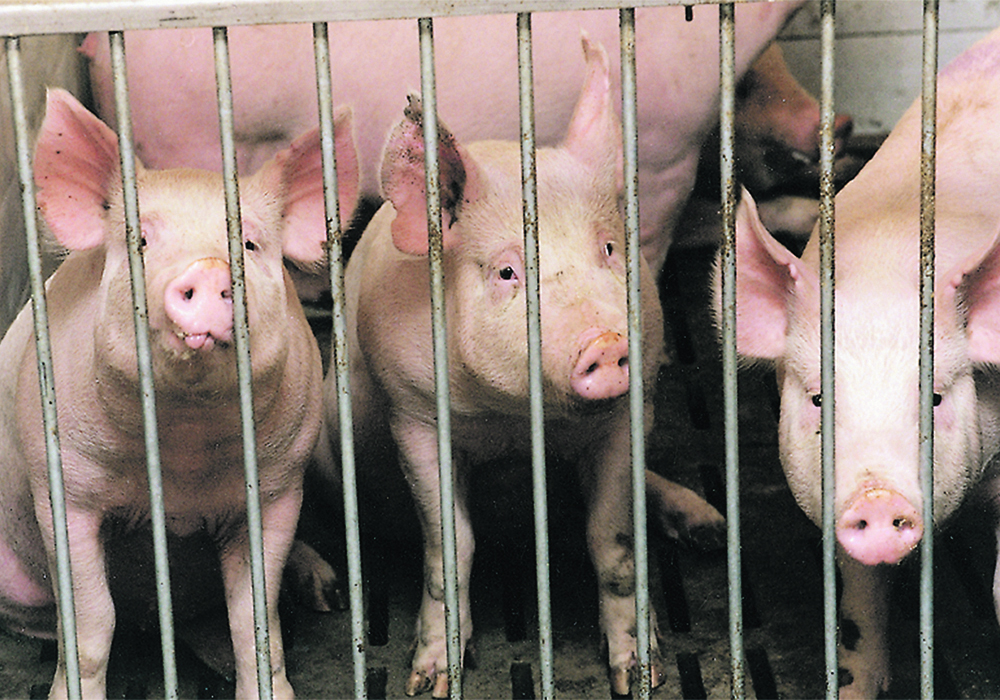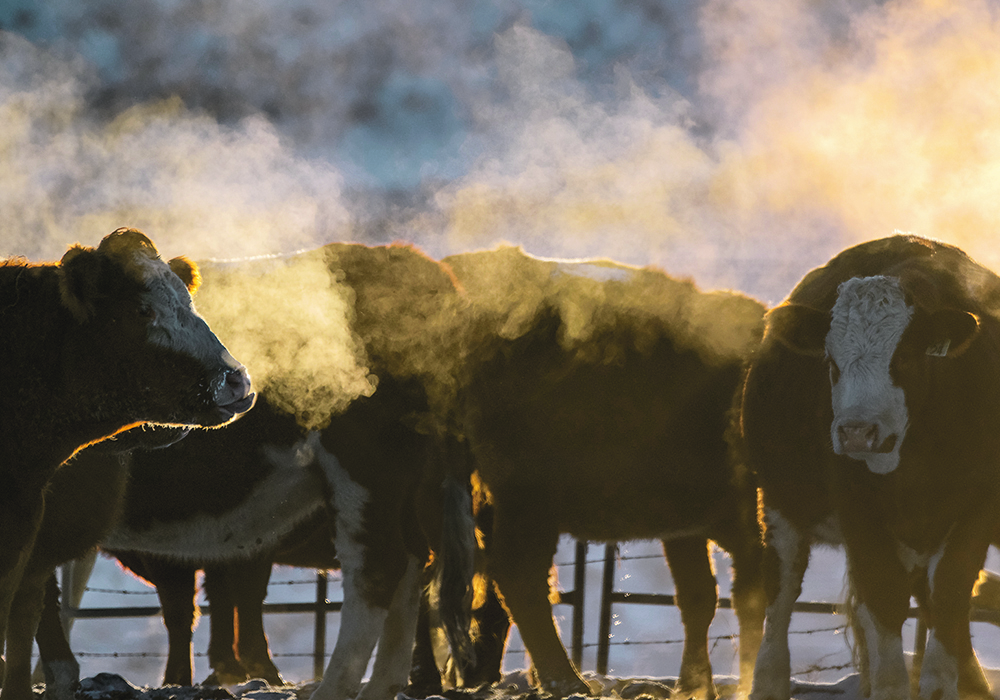Labour shortages caused by the COVID-19 pandemic, high feed costs and lower prices posed constant threats to Canada’s hog industry in 2021. Nevertheless, pork appears to be in a good spot entering 2022, according to two analysts.
“2021 was not the best, but not the worst,” said Tyler Fulton, director of risk management for Hams Marketing Services in Headingley, Man. “We still had a ton of volatility and a lot of uncertainty associated with supply chain issues, feed costs and the implications of the (COVID-19) pandemic on the whole supply chain.”
Read Also

Flax sector sees omega-3 opportunity
SASKATOON — A global shortage of omega-3 oils could be an opportunity for the flax sector, says an industry official….
Brad Marceniuk, provincial livestock economist for Saskatchewan, wrote in an email that hog prices currently have an index in the low-170s per 100 kilograms (ckg), above long-term averages. The costs of feed, production and freight are also raising hog prices.
“Depending on a producer’s location in Western Canada and availability, if any, of feed wheat or barley, feed costs are up 40 to 50 percent from a year ago. Many producers are importing corn from the (United States), which is adding additional freight charges,” he wrote.
He added things turned negative in October when slaughter weight hog prices declined significantly and feed costs continued to rise.
Fulton and Marceniuk agree that the most pressing issue facing the Canadian hog industry is the sharp reduction in the labour force due to the Omicron COVID-19 variant, which hasn’t fully recovered yet. Meat-packing plants have also had additional costs after implementing COVID-19 prevention measures.
“We don’t have a perfect way of measuring the degree which U.S. packers and Canadian packers have dialled back production levels, but I think it’s reasonable to say levels went down five to 10 percent and they threaten to go down even further,” Fulton said.
In 2021, for the first time in years, Canada’s largest buyer of pork products wasn’t China. Pork products exported to China dropped nearly 55 percent to 260 million kilograms (from January to November) compared to 2020.
However, Canada recovered much of the decline due to increased exports to the U.S. (370 million kg, up 30 percent), Mexico (175 million kg, up 87 percent) and the Philippines (117 million kg, up 226 percent).
“Recent reports have indicated that hog production in China has rebounded close to (pre-African swine fever) levels. Hog prices in China have been depressed for six months are more. This has translated to significantly reduced pork imports,” Marceniuk wrote. According to Canada Pork, pork output in China totalled 53 million tonnes in 2021, close to the same total as 2017 before ASF’s still ongoing spread through China.
“This has likely helped North American pork cut-out values from plummeting, but (they have) still been reduced.”
















